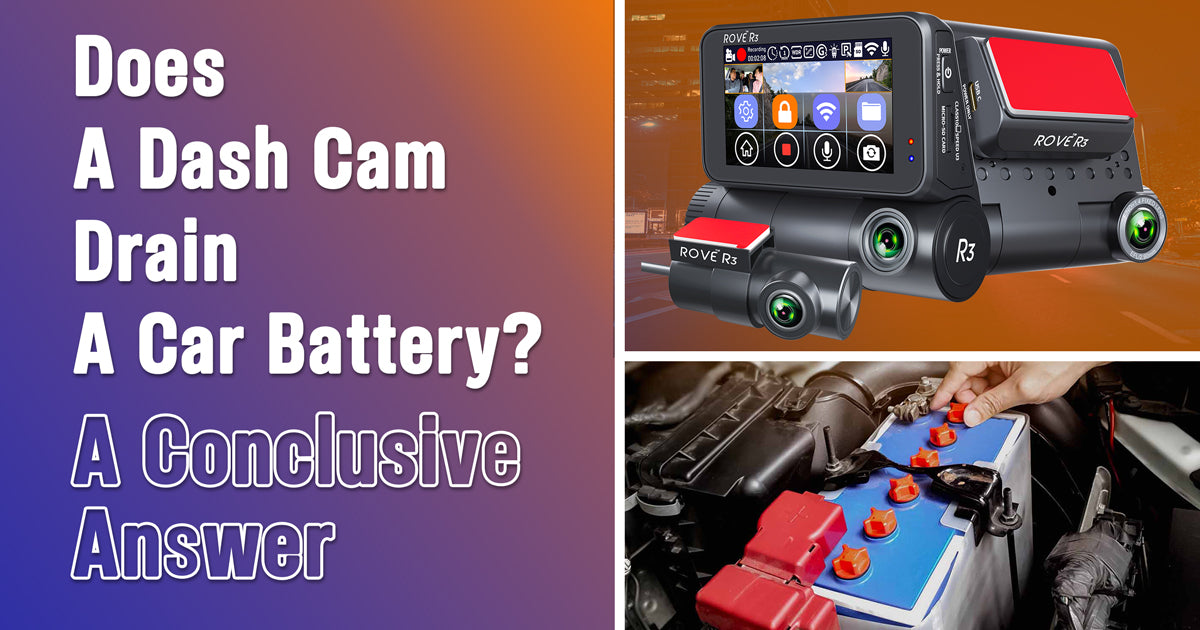
Does dash cam drain a car battery?
A conclusive answer
When it comes to road safety, a dashboard camera is a significant security addition to your vehicle. It is an added layer of protection that can make us feel more protected while driving – like airbags, seat belts, and blind-spot mirrors.
Most dashboard cameras in the market arrive with a tiny 250 mAh internal battery that can provide up to three to five minutes of power. Dash cam’s internal battery is designed small due to fire safety. Larger batteries can explode and result in a fire during summer days when the temperature inside the car goes beyond the limit.
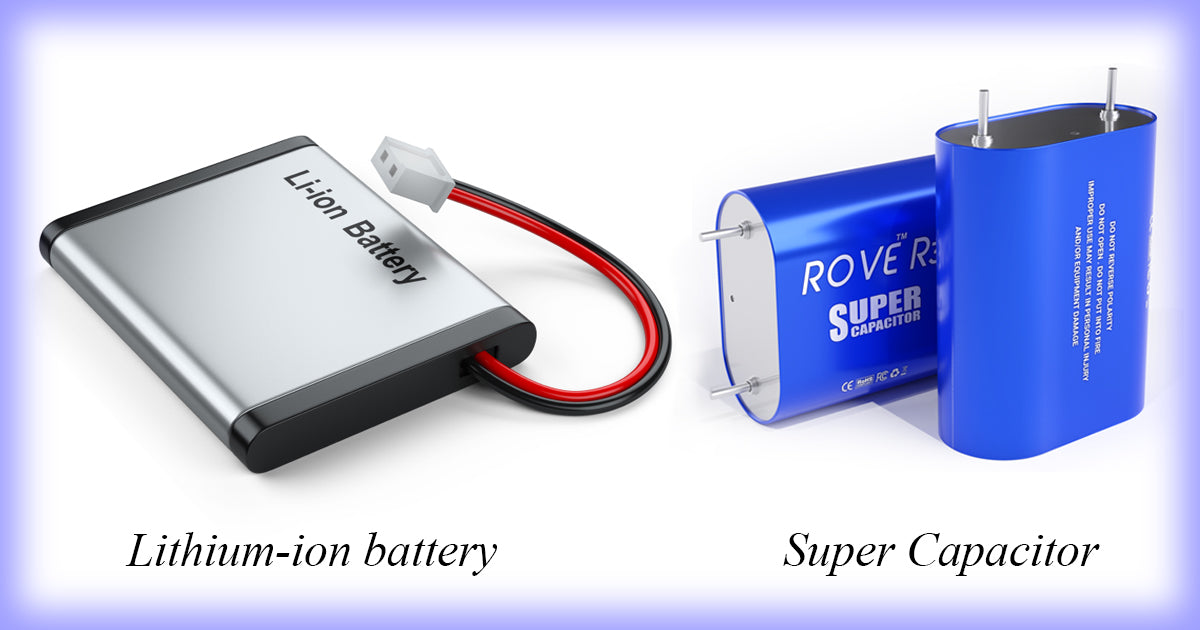
There are also dash cameras that do not even have internal batteries. Instead, they come fitted with a Super Capacitor. Supercapacitors are a premium alternative to a lithium battery. Unlike internal batteries, supercapacitors are not built to provide power to the dashboard camera. They are installed to avoid any risk of overheating and exploding, which can cause a fire.
Whether a dash camera is equipped with an internal battery or a supercapacitor requires an external power source to function. Therefore a dash cam uses your car’s battery as an external power source.
When it comes to dash cam consuming vehicle battery power, people get concerned about their car’s battery drainage. Hence, one of the most common questions we receive is ‘can a dash cam drain a car battery?’
A dashboard camera consumes minimal power from your vehicle’s battery. Which is a prime reason you shouldn’t be worried about your vehicle’s battery draining.

" As a fact, a standard 100-watt light bulb in our houses requires 0.9 amps to glow up. Whereas, a typical dashboard camera with a dynamic range of features requires 0.25 to 0.45 amps to power up – which is half the power a light bulb consumes "
The amount of power required by a dash cam is very tiny compared to the massive size of your vehicle’s battery. Even a compact or a mid-size car comes with a battery rating of 48 amp hours – that means it can provide 1 amp of electrical power for up to 48 hours (theoretically). Trucks or SUV’s batteries arrive ratted up to 225 amps hours or more.
" You can connect your dash cam to the vehicle’s battery power through two types of power outlets available in your car. One is your vehicle’s 12V cigarette lighter socket, and the other is the vehicle’s fuse box "
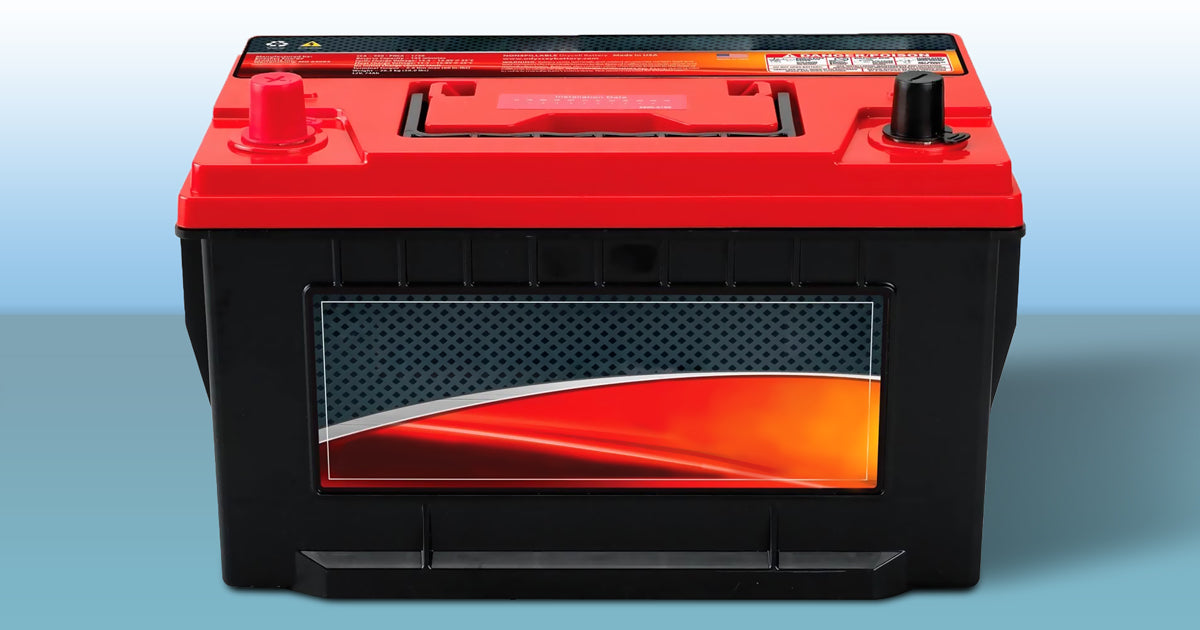
Cigarette lighter socket as an external power source
Plugging your dashboard camera into your car’s cigarette lighter socket is the simplest way to power up your dash cam. It is a 12V power adapter that receives power from your vehicle’s battery. You can simply connect your dash cam to the lighter socket using a USB power cable included in the package when you purchase your dash cam.
Most new car models in the United States have a 12V cigarette lighter socket that only provides power when your car’s key is in ACC(Accessory) position. When connected to this socket type, the dash cam will power up only when you turn your vehicle on. Dash cams are designed to turn on automatically whenever it receives power and shut down when the power disconnects.
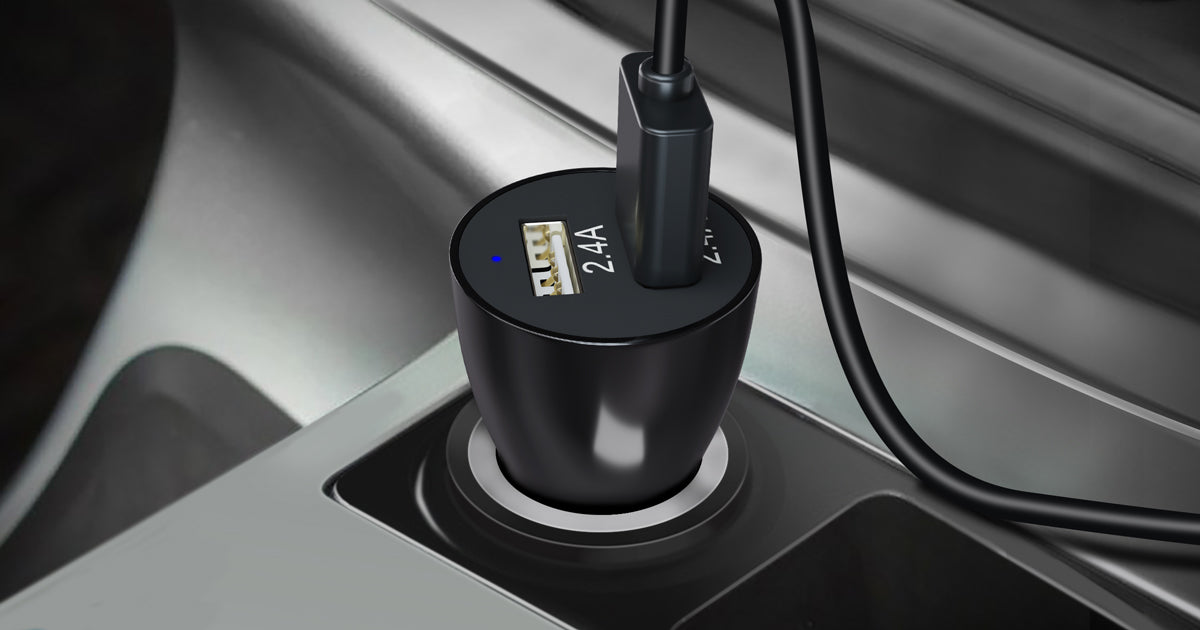
However, few car models (such as Ford, Dodge, etc) arrive with an always ON/HOT 12V cigarette lighter socket. This type of 12V socket provides constant power to your dashboard camera even when your car’s engine is off.
There is a possibility for your car’s battery to be drained out if you leave your dash cam plugged into an always-on adapter. Because when you leave a dash cam plugged into that kind of 12V adapter, the camera keeps working all the time without shutting down, which keeps on draining your car’s battery until it's dead. However, when you restart your vehicle and start driving, the battery gets recharged.
To avoid any dead battery situation created by the always-on cigarette lighter socket, you can plug your dash cam into a regular 12V adapter that only receives power when you turn on your car.
Nevertheless, dashboard cameras like ROVE R2 -4K and ROVE R3 G-sensor and 24 hours triggered parking monitor feature. This enables your dash cam to turn on and record videos only when it detects any collision, protecting your car’s battery power. This only works when your dashcam is hardwired to your vehicle’s fuse box.
Hardwiring to the vehicle’s fuse box
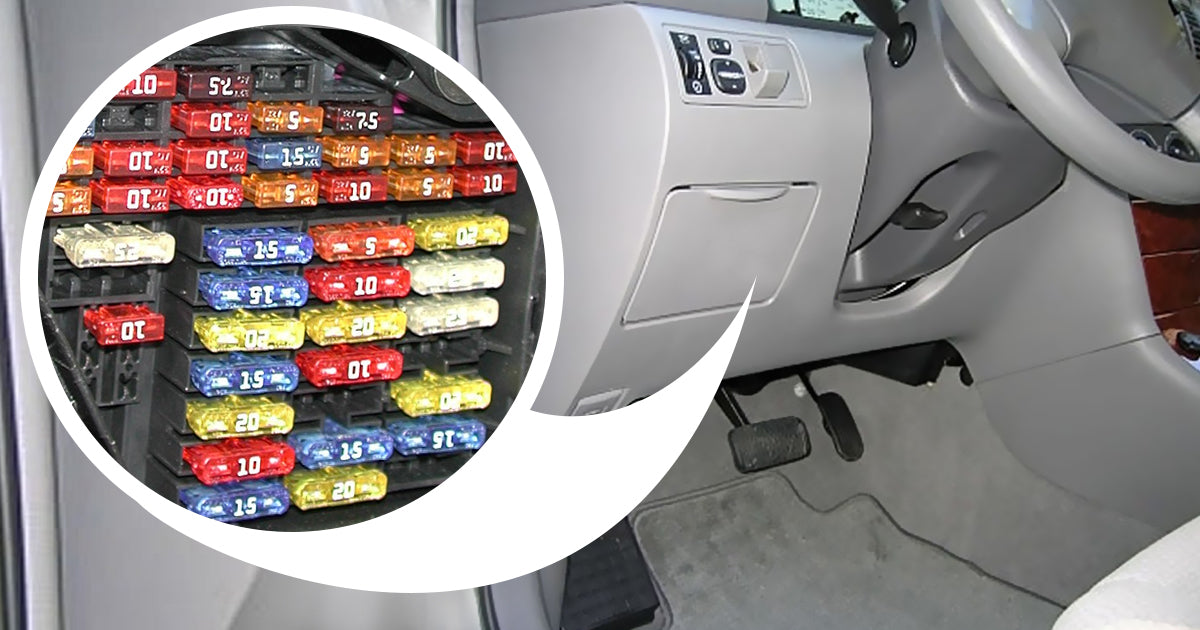
Hardwiring your dash cam to your vehicle’s fuse box is the most common method to power up your dashboard camera. By hardwiring, you can power up your dash cam even when your car is turned off without worrying about the car’s battery draining. A hardwire kit’s main purpose is to provide constant power to a dashboard camera without draining the car’s battery. Hardwiring requires a device called hardwire kit.
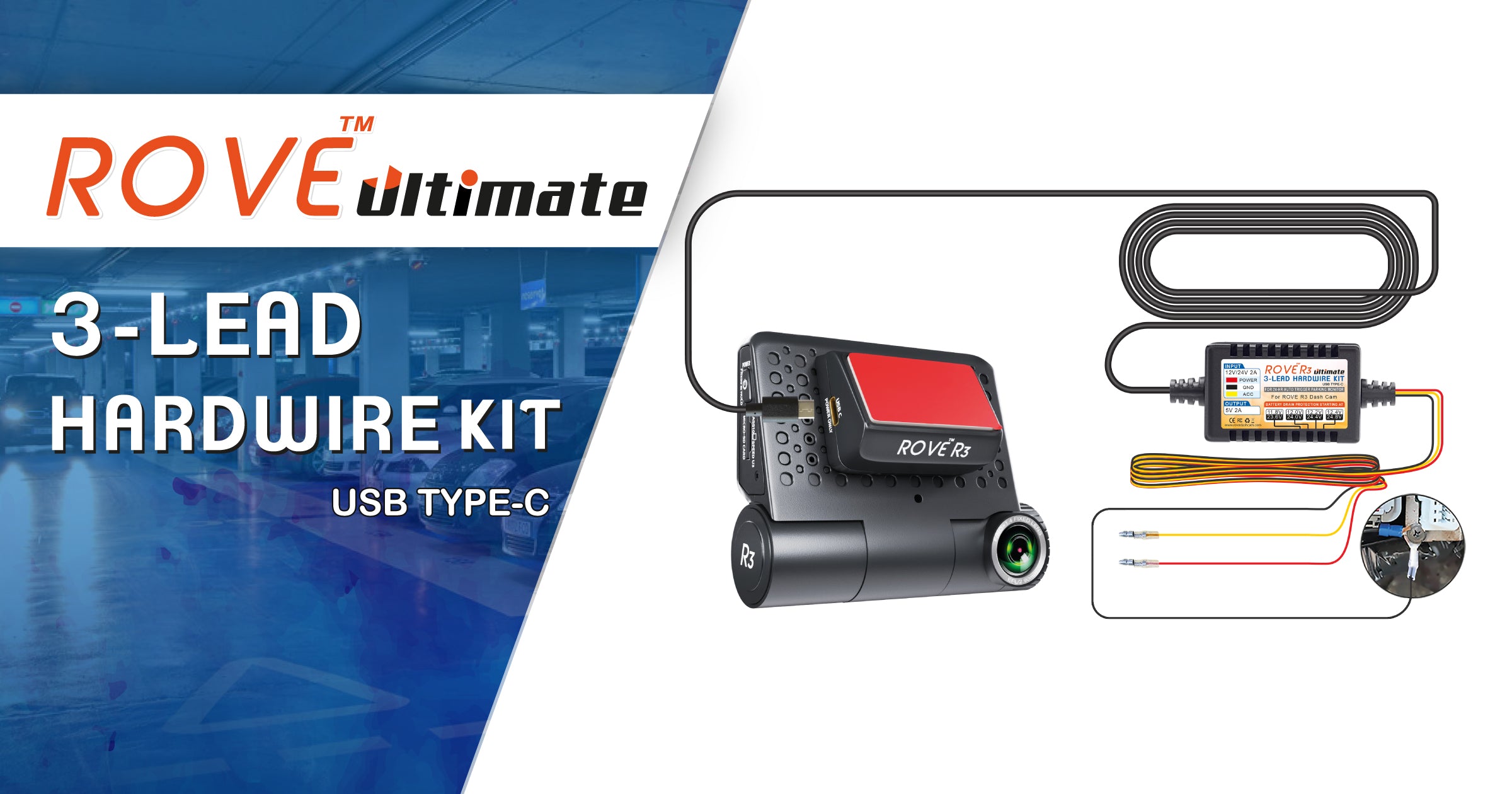
There are two types of hardwire kits available in the market. One is the typical two-wire hardwire kit, and the other is 3-wire hardwire kit like ROVE 3-Lead Hardwire Kit. Both are designed to provide a constant power supply to your dashboard camera from your car’s battery without draining it.
Hardwire kits offer an additional ‘voltage cut-off’ feature. This feature lets you preset a specific voltage level and enables the hardwire kit to shut down the dash camera when the battery voltage reaches that point. It prevents your battery from dying out and saves more than enough battery power to kick start the vehicle's engine. A hardwire kit completely eliminates your concern for your vehicle’s battery drainage.
Hardwiring is also a necessity for users who want to use the 24hour triggered parking mode feature in the dash cams that do offer that.
